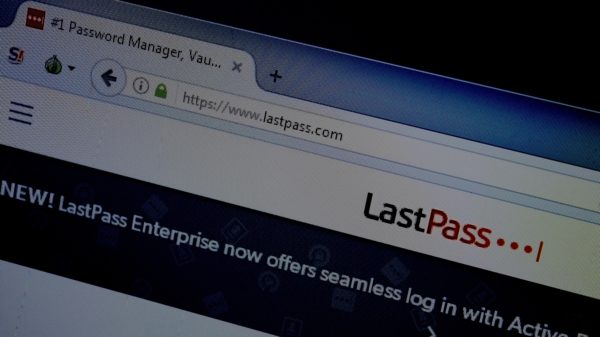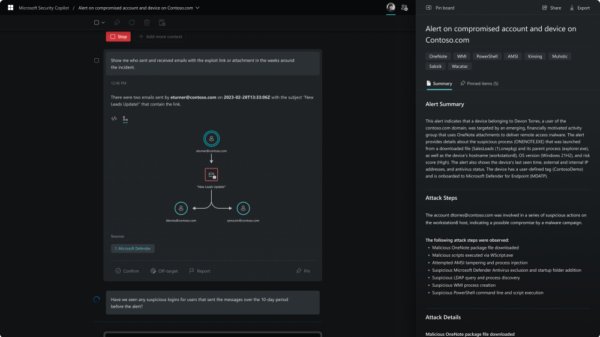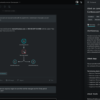Regardless of the use case your security organization is focused on – alert triage, threat hunting, spear phishing, incident response, or risk-based vulnerability management, to name a few – you’ll likely waste time and resources and make poor decisions if you don’t start with understanding your threat landscape. What do I mean by that?
As security professionals our tendency is to start with the great unknown – all the threat feeds and sources of external threat data available that combine to form the threat universe. The problem with starting there is that you quickly end up with a big data problem – an overwhelming amount of data from the multiple sources your organization subscribes to – commercial, open source, government, industry, existing security vendors – as well as frameworks like MITRE ATT&CK. Not to mention RSS feeds, news websites, research blogs, and GitHub repositories that analysts use to keep up with emerging threat information and trends.
If instead, you focus on the intersection of the threat universe and your infrastructure, you arrive at your threat landscape. And that’s what matters to you.
Let’s take risk-based vulnerability management as a use case since that’s something security teams and organizations of all sizes, regardless of industry sector or geography, grapple with.
The number of new Common Vulnerabilities and Exposures (CVEs) reported each year has climbed steadily since 2017, and in 2022 reached a record 25,227 – a 25% increase over the 20,171 vulnerabilities reported in 2021. That’s a large universe of vulnerability data to aggregate and assess, and it continues to grow.
To determine which vulnerabilities to focus on – in other words, those relevant to your threat landscape – you need context to understand which vulnerabilities are relevant to your environment. Context comes from internal data about your infrastructure and assets, in combination with segmenting and filtering threat intelligence to tell you if these vulnerabilities are being actively exploited, for example, in your industry and by whom. Overlaying context enables you to narrow your threat landscape and can help to identify the top three to five adversaries you need to worry about. By narrowing the threat landscape, it is a lot easier to defend.
The analogy that comes to mind is the Cold War. Things were fairly clear-cut back then because we knew who the enemy was. So, it was easier to focus on them and defend against them. But today, when threats are coming from a variety of places, not just one or a few, it becomes much harder to prepare for attacks and know what to patch or otherwise remediate because there is a lot more to address.
That’s why it’s so important to start by focusing on your threat landscape and the handful of adversaries you are going against. Then you can understand how they operate, their tactics, techniques and procedures (TTPs) and which vulnerabilities in your environment they have been known to exploit. By focusing on vulnerabilities that threat actors in your threat landscape are leveraging and then pivoting to look for any signs in your environment, you get to what matters faster. You can proactively patch vulnerabilities that are truly a priority for your organization. And if evidence of an exploit exists, you can map to the MITRE ATT&CK framework to see the courses of action you can take and catch compromises earlier than you would have otherwise.
The reverse is also true. You can look at the vulnerabilities that pertain to your infrastructure and see who is actively exploiting them. If those threat actors aren’t in your threat landscape and therefore not actively targeting you, you can deprioritize patching or initiating compensating controls. Depending on the severity of the vulnerability and the likelihood of an attack, you still may decide to take action based on your risk profile, or you may decide to continue to watch it since it is less of a priority. Either way, you’re making a faster, more informed decision based on your threat landscape.
















